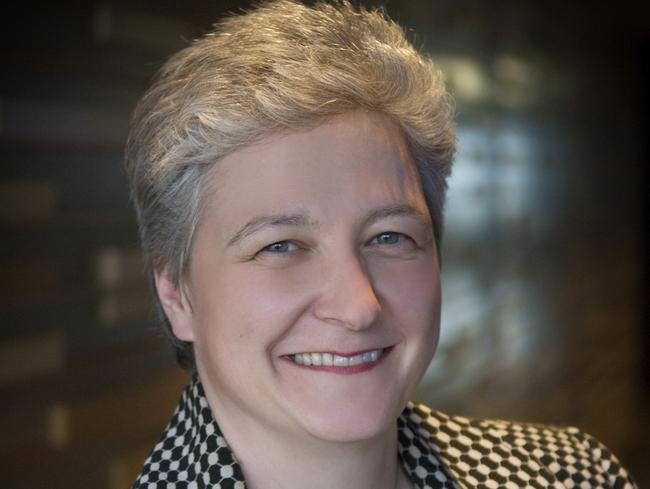Cash-strapped parents opt for buy now, pay later schemes for back-to-school costs
FAMILIES struggling with soaring school expenses are turning to buy now, pay later schemes, which financial experts describe as “a dangerous trap”.
School Life
Don't miss out on the headlines from School Life. Followed categories will be added to My News.
EXCLUSIVE
FAMILIES hit by rising back-to-school expenses are turning to buy now, pay later schemes, which financial experts describe as “a dangerous trap”.
Almost a third of parents are signing up to instalment plans including Afterpay and Zip Pay to fund school expenses, including technology and uniforms, according to a new study.
Afterpay allows customers to buy items and pay for them later in four equal fortnightly instalments.
The scheme is growing rapidly and already has more than 1.3 million customers nationally.

The Commonwealth Bank back-to-school expenses study compiled using ACA research quizzed more than 1000 parents of children aged 5 to 17.
It revealed savvy families will also resort to buying second-hand items (42 per cent) or using hand-me-down clothes (60 per cent) to reduce the financial impact.
CREDIT: How to understand your credit card bill clearly
The data revealed Australians are set to spend $1.7 billion on top of school fees on items including text books, stationery, shoes, uniforms and laptops — up 43 per cent on last year.
For a typical family that’s $829 per year.

But Tribeca Financial’s chief executive officer Ryan Watson said anyone using buy now, pay later schemes should “always spend within your means.”
“The trap could be to overspend, which will certainly come back to bit the consumer,’’ he said.
The data revealed technology expenses will hit the hip pocket the hardest — 50 per cent of parents will spend more on technology including laptops and tablets.
RETIREMENT: Why we are falling behind in our superannuation savings
The cost of technology spending per family is $269.
And one in three parents with children as young as 5 to 7 will increase their technology spend this year.
CBA’s executive general manager Sian Lewis urged parents who haven’t budgeted for this time of year to maximise back-to-school bargains and be wary of signing up to more credit.

“There’s the end of summer sales that are still on and many schools have their own Facebook pages, if there isn’t set up a sharing economy page and you can post your second-hand items,’’ she said.
“Credit is great for getting you things immediately that you need and that’s one reason we enjoy the pay later facilities but ultimately you need to make sure that’s not expenditure that you aren’t going to be in a position to pay back in a reasonable length of time.”
sophie.elsworth@news.com.au
AVERAGE SPEND
Average household spend Total state % rise year-on-year
NSW $748 $502 million 56%
Vic $924 $490 million 31%
Qld $831 $335 million 39%
SA $755 $140 million 64%
WA $957 $241 71%
National total $829 $1.75 billion 43%
Source: ACA research from the CBA back to school expenses study.



